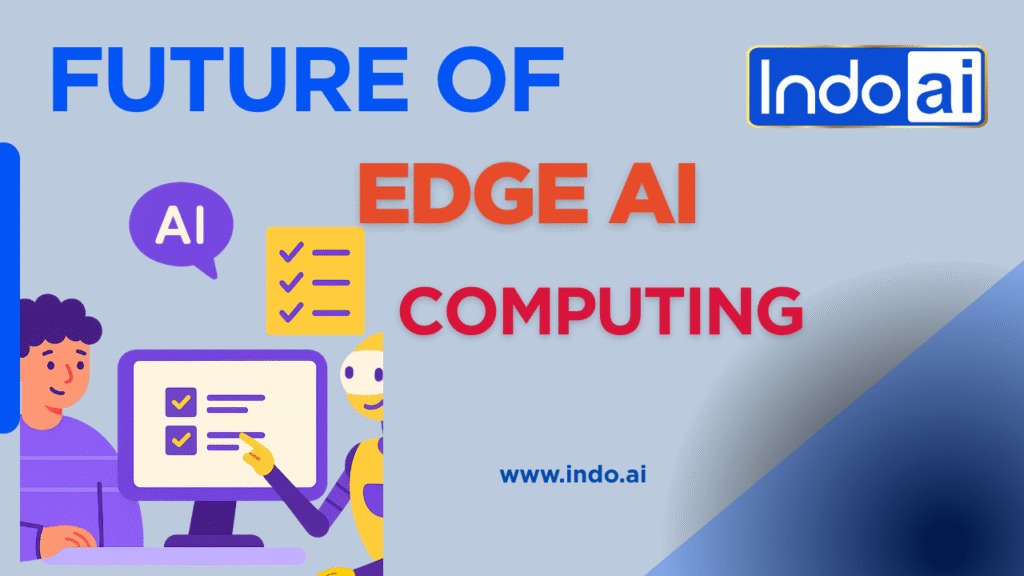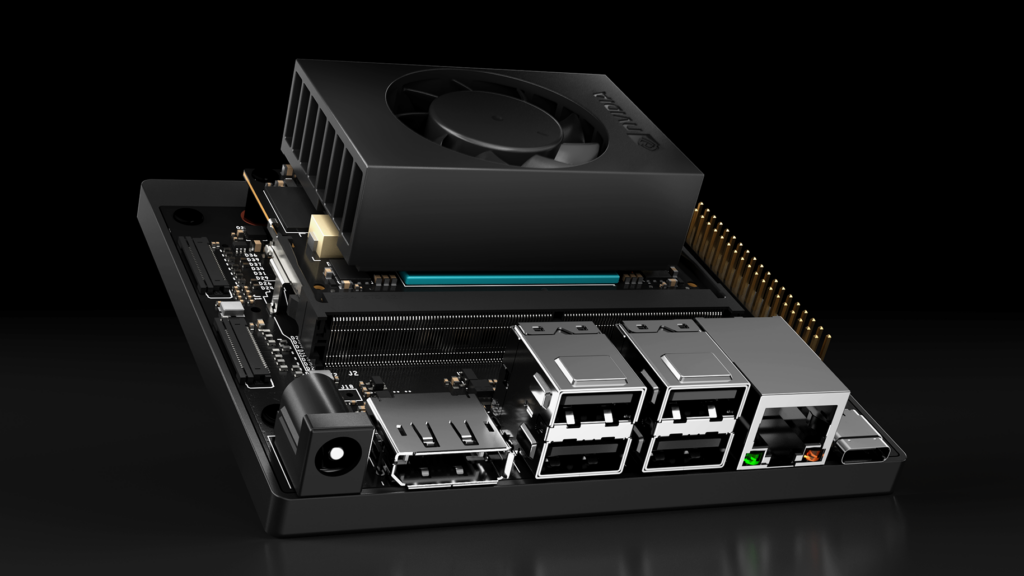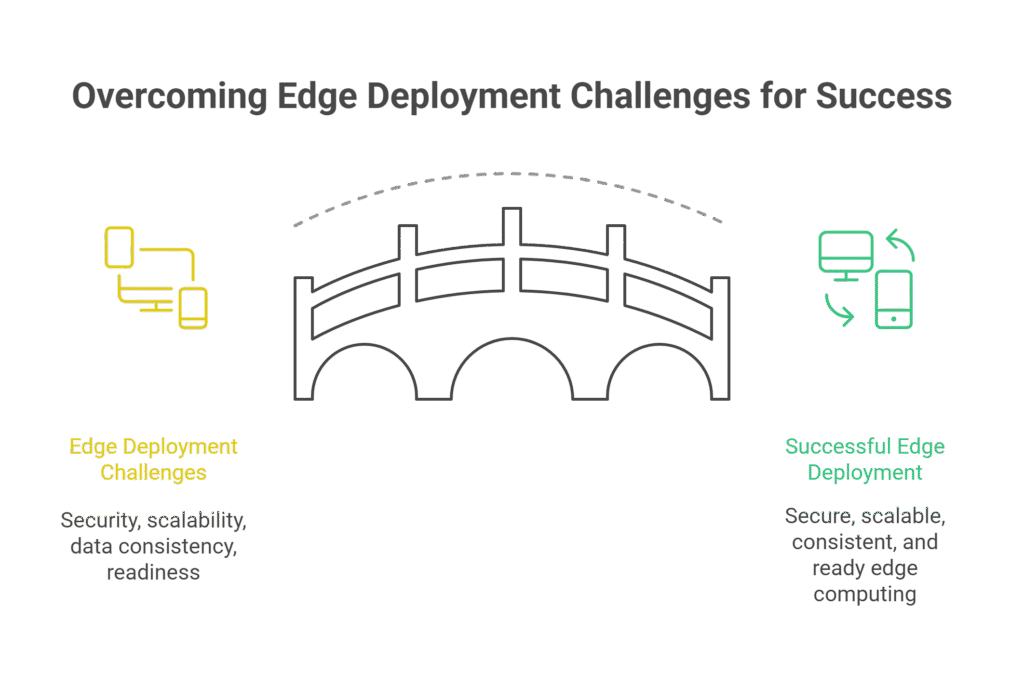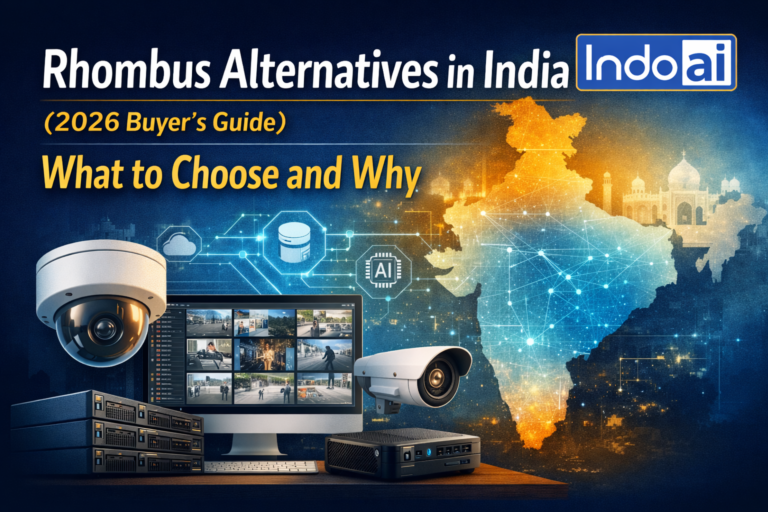
In an era of rapid digital change, the future of edge computing spells a dramatic change in the way organizations collect and process data and make decisions. By moving computation from centralized servers in the cloud to devices that sit at the edge of the network, businesses can gain an unparalleled ability to respond, protect privacy, and become more efficient.
Why Edge Computing Matters More Than Ever
Legacy cloud architectures have served enterprise IT for ages. Cloud architectures are good at heavy‐duty analytics, big data processing, and providing scalable storage. Still, as the demand for immediate insight and resilient operations increases, limitations of cloud‐based approaches will emerge.
Factors such as bandwidth, unpredictably latency, and data‐sovereignty put at risk mission‐critical applications. For example, autonomous vehicles require making decisions within milliseconds around obstacle detection—any delay could inadvertently create a safety issue. Similarly, manufacturing plants need a means of continuous monitoring of their equipment will help them avoid making unplanned downtime. Relying on remote data centers exclusively in these cases introduces unacceptable risk.
Edge computing addresses these challenges by moving data analysis to the area where data is generated. By putting intelligence inside cameras, sensors, routers, and industrial controllers, organizations can analyze data locally, take actions at real-time and free themselves of expensive or unreliable network links.
Technological Advances Fueling the Edge Revolution
The rapid growth of edge computing can be attributed to multiple converging technology trends. First, many of also advanced semiconductor designs have produced high-performance, low-power processors that have been custom designed for AI workloads.
Platforms like NVIDIA’s Jetson series and Google’s Edge TPUs integrate specialized neural‑network accelerators, enabling deep‑learning inference at the edge without excessive power draw. This means that we can deploy intelligent cameras and sensors to the edge, factory floors, and very low-power devices, meaning even battery-powered devices!

Second, lightweight containerization and orchestration frameworks – which share concepts and technologies with mature cloud computing technologies – have greatly simplified the packaging, distribution, and updating of edge applications.
30, 5G networks continue to grow faster and offer much higher bandwidth and lower latency than previous generations of cellular service. Even though edge computing reduces dependency on connectivity, the combination of 5G and edge computing enables new opportunities.
Finally, technologies in distributed-AI algorithms and federated learning allow edge devices to cooperate on training models while keeping data safe. Instead of sending the raw data back to the cloud, each node can train on its own data and share only model updates.
Read About: Why Edge AI Wins: The Next Frontier of Intelligent Computing
Transformative Industry Applications
The potential of edge computing spans nearly every industry, but there are some industries that are, across the board, embracing edge computing as a transformational technology. One of the industries is manufacturing – smart factories are using edge nodes to perform predictive maintenance at scale. Cameras and vibration sensors are streaming telemetry to local gateways that run anomaly‑detection models that identify bearing wear or misalignment before the failure event occurs.

Edge computing in healthcare enables remote patient monitoring and diagnostic imaging in resource-constrained environments. For example, portable ultrasound machines with on-device AI can allow scans to be analyzed at the field location, and provide feedback to clinicians immediately, even where there is unreliable internet connectivity.
Edge architectures are used so smart cities can operate their essential infrastructure better. Traffic cameras monitor local vehicle activity in real time and adjust signal timing to ease congestion. Air‑quality sensors deployed across urban environments send information to edge controllers. These activate air ventilation systems or notify public‑health offices when pollutants exceed acceptable or healthy concentrations.
Retail environments are also leveraging edge intelligence to elevate customer experience. In-store cameras recognize footfall patterns and interactions with products and again relay information back to analytics dashboards. The dashboards allow merchandisers to update store layout based on user engagement. Checkout-free stores are able to utilize edge-based computer-vision to observe and track shoppers and automatically register purchases for them. This eliminates waiting in queues and providing frictionless experiences.
Overcoming Edge Deployment Challenges

While the promise of edge computing is compelling, realizing its full potential requires addressing key challenges. Security tops the list. With compute resources dispersed across numerous geographically distributed devices, organizations must implement robust encryption, secure boot processes, and continuous vulnerability monitoring to mitigate cyberrisk. Centralized management platforms that enforce device‑level policies and automate patch distribution are essential.
Scalability presents another hurdle. Managing thousands of heterogeneous edge nodes can become overwhelming without the right tools. Enterprises should adopt orchestration frameworks that support zero‑touch provisioning, remote diagnostics, and automated load balancing. Standardizing on a unified edge‑computing platform reduces integration complexity and simplifies the lifecycle management of applications and AI models.
Data consistency and governance also demand careful planning. While local processing reduces data transfer, critical telemetry still needs to flow into enterprise‑wide analytics for strategic decision making. Defining clear data pipelines that merge edge‑generated insights with cloud data lakes ensures a single source of truth. Moreover, adherence to regional data‑protection regulations—such as GDPR or India’s Personal Data Protection Bill—should inform data‑retention policies and access controls at the edge.
Finally, organizational readiness plays a pivotal role. The shift to edge computing often requires cross‑functional collaboration among IT, operations, and data‑science teams. Cultivating a culture of continuous learning, offering training on edge‑native development, and defining clear governance structures accelerates adoption and maximizes ROI.
The Road Ahead: Trends Shaping Tomorrow’s Edge
As we move forward, the future of edge computing will unquestionably be influenced by a growing set of trends. One of those trends is the addition of micro-data centers, or “mini-clouds,” in or adjacent to an industrial campus and metro areas. Organizations will be able to deploy artificial intelligence automation workflows, in complex pipelines, across a tiered hierarchy of edge devices, at on-premises micro-data centers, and on cloud platforms, shifting workloads intelligently to the ideal location.
In closing, as sustainability becomes more of a corporate priority, the uses of edge computing will intersect more with green computing initiatives. Technology that combines ultra-low power draw, recyclable materials, and efficient computing performs better for an organization’s carbon footprint.
A Call to Action for Forward‑Thinking Organizations
A shift to edge computing is much more than a technology evolution. It is a strategic choice that organizations wanting real-time intelligence, resilient operations, and data sovereignty have to make. Enterprises that proactively embrace future of edge computing architectures today can:
- Achieve sub‑second decision making in safety‑critical and latency‑sensitive environments.
- Reduce bandwidth costs and network dependencies by processing data locally.
- Strengthen privacy and security by keeping raw data on‑premise.
- Enable new business models—such as autonomous vehicles, smart retail, and Industry 4.0—through distributed intelligence.
Conclusion
Edge computing is a future. It doesn’t have to be imagined the future is here. And it’s changing how businesses of all kinds function. Edge computing allows businesses to take data from AI and analytics. And bring them to the edge of the network, allowing for unparalleled agility, resilience, and insight.



